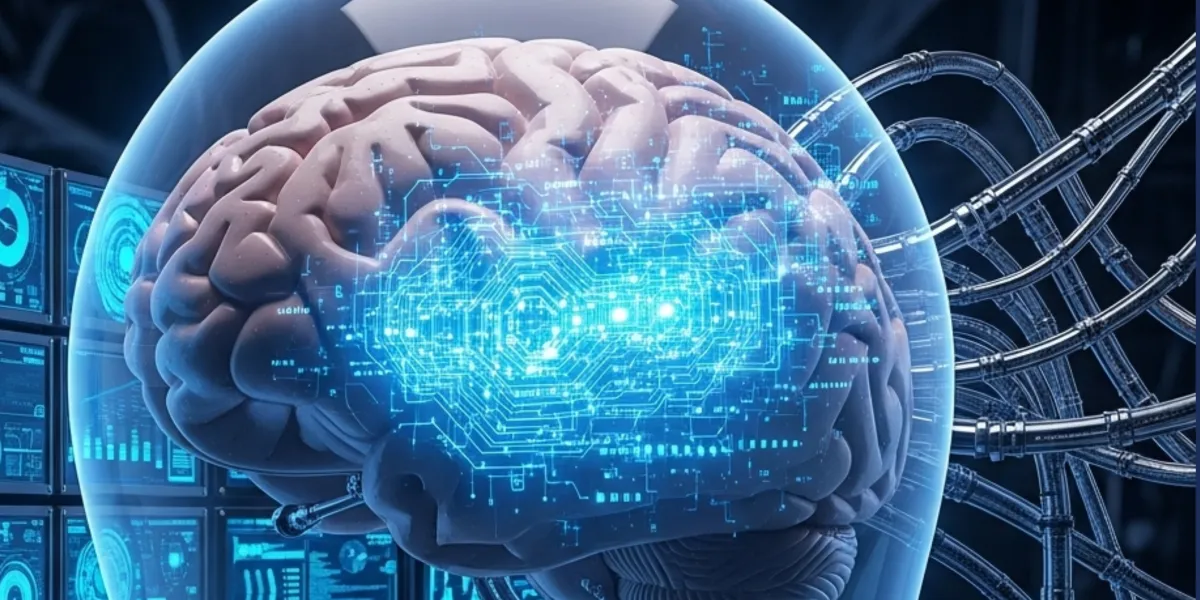
Your Brain on ChatGPT: Accumulation of Cognitive Debt
The Problem No One Is Talking About
ChatGPT has become the de facto productivity tool across industries, with over 100 million users integrating it into workflows, decision-making, and daily task execution. While the AI revolution promises efficiency, we’re now facing a new kind of crisis: cognitive debt is the gradual erosion of executive brain function due to over-reliance on generative AI.
If left unaddressed, this hidden brain drain could lead to organizational dysfunction, weakened problem-solving capacity, and leadership stagnation at scale.
The Hidden Cost of Convenience
While the promise of generative AI is real, the consequences of unconscious overuse are mounting. Most leaders see AI as a cognitive multiplier, but neuroscience tells a different story. Over time, habitual outsourcing of core thinking tasks rewires the brain, leading to functional degradation in critical areas like:
Working memory
Decision quality
Strategic reasoning
Creative synthesis
This is not a philosophical concern. It’s a neurobiological one.
Your Brain on ChatGPT: The Neuroscience of Cognitive Debt
1. Prefrontal Cortex Atrophy
The prefrontal cortex (PFC) is the executive center of the brain, responsible for focus, planning, ethical reasoning, and adaptive thinking. When we delegate too much of our mental load to AI systems, the PFC becomes under-engaged, leading to:
Reduced activation during high-order thinking
Weaker neural connectivity between reasoning and memory centers
Lower tolerance for mental friction, ambiguity, and abstraction
Over time, this reduces cognitive resilience, leaving leaders ill-equipped to handle complex, non-linear business challenges.
2. Dopamine Hijacking
AI tools offer instant gratification: fast answers, beautiful summaries, and simplified options. This activates the brain’s dopaminergic reward system, encouraging us to use AI not just when appropriate but whenever we want to avoid friction.
Result:
Decreased intrinsic motivation to solve problems
Increased impulsivity and preference for shallow work
Habitual avoidance of deep thinking
This dopamine loop mirrors behavioral patterns seen in addiction science and fuels long-term disengagement from strategic cognition.
3. Decision Paralysis by Proxy
When leaders habitually “ask the AI” before thinking for themselves, they gradually lose confidence in their own intuition. The brain adapts by weakening pathways responsible for:
Pattern recognition
Moral reasoning
Judgment under uncertainty
This externalization of decision-making capacity creates a dangerous false sense of competence, while actual leadership capability deteriorates.
Three Neuroscience-Backed Strategies for Healthy AI Engagement
The solution isn’t to abandon ChatGPT. It’s to use it intentionally, in a way that enhances rather than replaces human cognition. Here’s how:
1. Practice “Cognitive Anchoring” Before Prompting
Before using ChatGPT to answer a question, take 90 seconds to think through your own response. This engages the PFC, activates associative memory networks, and prevents passive consumption of AI output.
Try asking yourself:
“What do I already know about this?”
“What would I do if I didn’t have AI right now?”
“What outcome am I trying to achieve?”
This primes the brain for critical engagement rather than passive assimilation.
2. Use “Slow Thinking Zones” in Your Workflow
Schedule protected blocks where you deliberately avoid any AI tools—especially for activities like:
Vision setting
Complex problem-solving
Strategic planning
Team performance reviews
This reinforces the brain’s deliberative systems (System 2 thinking) and strengthens neural pathways for abstraction, innovation, and judgment.
3. Reframe AI as a Collaborator, Not a Crutch
Use the Co-Pilot Model:
Start with your hypothesis or draft
Use AI to test, refine, or pressure-test it
Make the final decision yourself, explicitly
This activates metacognition—thinking about your thinking—and strengthens executive control functions in the brain.
The Business Case for Cognitive Integrity
Cognitive debt doesn’t show up on the balance sheet—but its symptoms do:
Strategy drift
Reduced innovation velocity
Weak leadership bench strength
Low accountability and ownership
Overdependence on consultants, vendors, and yes—AI
If you're hiring talent for judgment, creativity, and influence—why would you build systems that systematically offload those functions to machines?
Leaders who recognize cognitive debt as a neurological and organizational liability will future-proof not just their teams, but their business.
The Strategic Imperative: Rethink Your Relationship with AI
The choice is not AI or no AI. The choice is cognition by design or cognition by default.
Will your organization use ChatGPT as a tool to elevate human capacity—or as a shortcut that erodes it?
